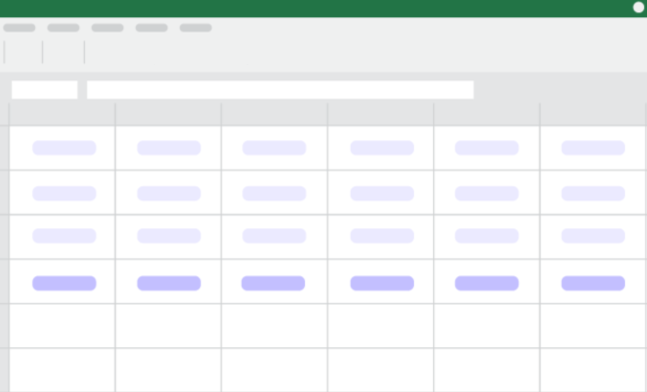
Next, we add calculate the scheduled (i.e. required) amortization (i.e. repayment) of debt based on our assumptions about the terms of each debt instrument in the capital structure. Some forms of debt may amortize evenly over the term of the loan (e.g. Term Loan A in our model), or may have minimum amortization with a large “bullet” payment at the end of the loan (e.g. Term Loan B in our model). Also, some debt may be prepaid early, while other debt may not. The interest on some debt (and preferred stock) may be paid-in-kind (“PIK”), meaning that rather than being paid out by the company in cash, interest accrues to the holders of PIK debt in the form of increased principal. For example, a 2% interest payment on $100 of PIK debt would result in a principal amount of $102 after the first interest payment.
Gain access to 100+ shortcuts, formula auditing visualizations, easy Excel-to-PowerPoint linking and productivity tools to help you accelerate financial modeling and presentations.
The amortization schedule calculations may seem a bit daunting at first, but all we are doing is checking each year to see how much of the debt principal must be repaid in that year. If, in a given year, the company is required to pay the loan in full, it pays the original principal amount less any prior amortization. Otherwise, the company is only required to repay the specified amortization amount.

Try Macabacus for free to accelerate financial modeling in Excel.